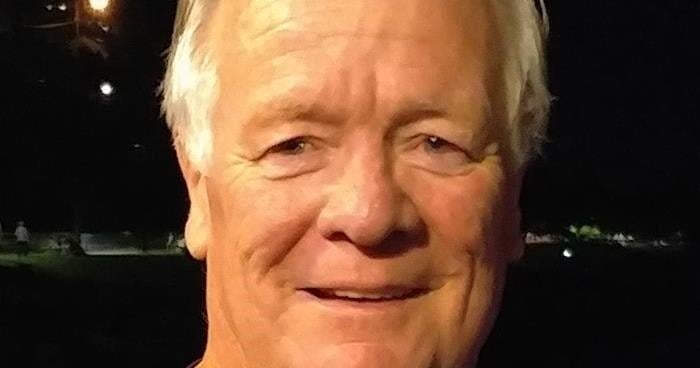WHITE ROCK, B.C. – Bill Vigars, who led the promotion of Terry Fox’s Marathon of Hope in 1980, has died at the age of 78.
His wife, Sherry MacDonald, confirmed the news in an interview, saying Vigars died of congestive heart failure on Thursday surrounded by loved ones at a hospital in White Rock, B.C. She said he fought a “long, tough battle” that began when he had a heart attack in June.
Vigars is survived by his wife, two children, a stepson and one grandson. He will be honoured at a private ceremony of life early next year, MacDonald said.
She said her husband, who she married in 2009, was “full of life, full of mischief, wanted everything to be an adventure, and it was.”
Vigars was the former director of public relations and fundraising for the Canadian Cancer Society. He met Fox in 1980 and served as his public relations officer and confidant as the 21-year-oldset out with the goal of running across Canada to raise money for cancer research.
Vigars was by Fox’s side until the tragic end of his journey in Thunder Bay, when Fox learned the cancer that had taken his right leg had spread to his lungs. Fox died on June 28, 1981, at Royal Columbia Hospital in New Westminster, B.C.
Fox’s legacy also set the framework for the annual Terry Fox Run, that would ignite cancer research in Canada, raising more than $850 million since 1980, says the Terry Fox Foundation website.
MacDonald said Vigars made it his mission to keep Terry Fox’s dream alive, noting he would go to four or five schools every September to tell Fox’s story ahead of the annual run. The only September he missed, she said, was this year as he was in the hospital.
“Terry was his guiding light,” MacDonald said of her husband. “Terry’s tenacity, his convictions, his determination, was all something that Bill liked to live by.”
She said her husband shared Fox’s vision.
“They were very in sync on that, and Terry was very clear about what his objectives were, and (Bill) didn’t sway from them.”
Vigars published a book last year, with Ian Harvey, titled “Terry & Me: The Inside Story of Terry Fox’s Marathon of Hope.” Released on Aug. 29, 2023, the book is about the Marathon of Hope from Vigars’ perspective.
MacDonald said Vigars was reluctant to do the book at first “because he never wanted to draw any attention to himself” but felt Canadians deserved to know the story.
“(It) truly was a labour of love and that was a huge accomplishment for him and I think he was very proud of that, as he should be,” she said of the book.
His publisher, Sutherland House Publishing, posted to social media on Friday it was “very saddened” to hear about Vigar’s death, calling him an “author, publicist and close friend of Terry Fox.”
“Our thoughts are with his family and friends at this very difficult time,” it said in the post.
The Terry Fox Foundation also made a post to social media in Vigars’ honour, saying their “Terry Fox world is smaller and sadder” after hearing the news of his death.
“He saw Terry at his most powerful, vulnerable, and emotional. Bill succeeded at making Terry a relatable, accessible human being, ‘no different than anyone else… no better and… no less,’ as Terry said,” it said of Vigars in a Facebook post.
“This was the greatest gift he could give his beloved friend: a reminder that Terry was just one of us.”
This report by The Canadian Press was first published Oct. 12, 2024.
–By Brieanna Charlebois in Vancouver
